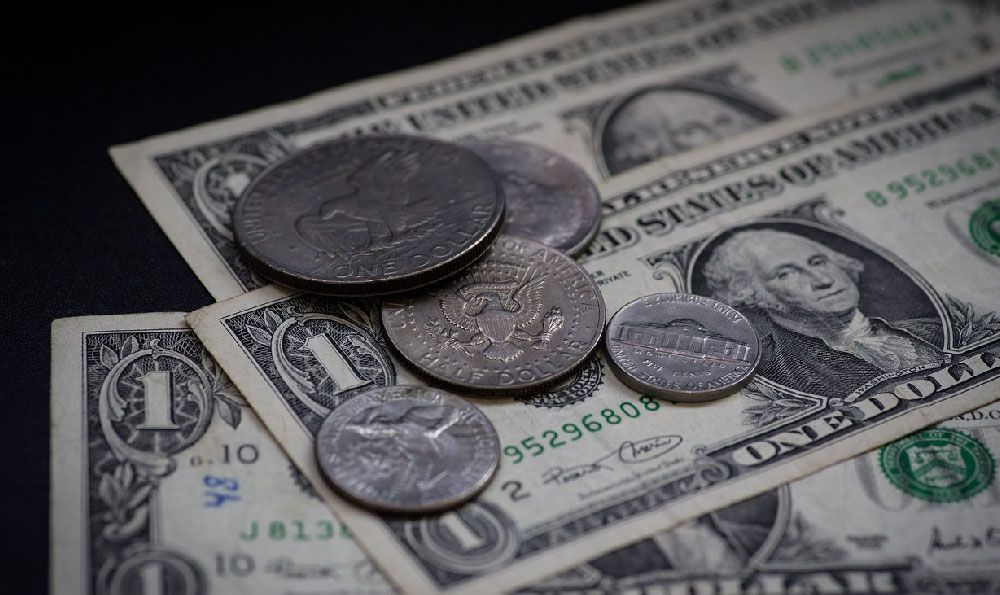Pirate ships have long captivated the imagination of historians, adventurers, and storytellers alike, but their economic activities were far more complex than the simple act of plundering. While the image of a pirate crew looting merchant vessels may dominate popular culture, the reality of how these seaborne marauders sustained their operations and accumulated wealth involved a blend of strategic exploitation, trade networks, and sometimes even legal frameworks that blurred the line between piracy and privateering. Understanding the revenue sources and profit strategies of pirate ships provides insight into the intricate systems that enabled them to thrive in the lawless expanses of the seas, offering lessons that extend beyond the 17th and 18th centuries.
At the heart of pirate economic survival was the systematic acquisition of cargo through raids on merchant ships. These vessels often transported valuable goods such as spices, textiles, silver, and tobacco, which could be sold quickly in nearby ports or through clandestine trade routes. Pirates would typically target ships that were overcrowded, undermanned, or lacking in defensive capabilities, ensuring that the risks of a confrontation were outweighed by the potential rewards. The practice of "taking prizes" required meticulous planning, as successful raids could yield enough loot to support a crew for months. However, this strategy was not without its challenges; the unpredictable nature of the sea, competition among rival pirate crews, and the ever-present threat of naval patrols forced pirates to constantly adapt their tactics to maximize returns.
Another critical revenue stream for pirate ships came from the trafficking of stolen goods in nearby ports. These ports, often in regions with weak governance or under colonial rule, provided safe havens where pirates could sell their spoils without immediate retribution. The black market for goods such as tobacco, sugar, and alcohol flourished in these hubs, allowing pirate crews to reap substantial profits. Additionally, pirates frequently engaged in barter trade with local populations, exchanging stolen items for food, supplies, or even additional crew members. This informal economy created a network of relationships that extended beyond the open sea, fostering a sense of community and mutual benefit among those who operated in the shadows of maritime law.

The role of privateering further complicated the economic landscape of piracy. In many cases, pirates operated under the guise of legitimate privateers, whose ships were authorized by governments to attack enemy vessels during times of war. These privateers would receive a share of the spoils from their governments, often a percentage of the value of the captured cargo, while also engaging in independent raids for profit. This dual nature of pirate operations allowed them to navigate the legal boundaries more effectively, reducing the risk of immediate prosecution while still leveraging the chaos of conflict to secure wealth. The financial incentives for privateers were significant, as they could amass fortunes rivaling those of traditional merchants.
Beyond raiding and trade, pirate ships also engaged in activities such as smuggling and the transport of contraband, which often required a deep understanding of maritime law and the ability to exploit loopholes. Smuggling operations involved the covert transportation of goods that were heavily taxed or banned, such as alcohol, weapons, or luxury items, to profitable markets. Pirates would frequently collaborate with corrupt officials or local merchants to facilitate these transactions, creating a symbiotic relationship that allowed them to bypass legal restrictions and maintain a steady income. The flexibility of piracy as a business model enabled these crews to operate in diverse environments, from the Caribbean to the Indian Ocean, adapting their strategies to local conditions and opportunities.
Financial management was another crucial aspect of pirate ship operations. Successful crews would often establish a system of accounting to track their earnings, allocate resources for future ventures, and ensure equitable distribution among the crew. This included setting up a "common fund" that was managed collectively, as well as individual shares for crew members based on their roles and contributions. Some pirates even invested in long-term projects, such as purchasing or building new ships, to sustain their operations over extended periods. The organization of these financial systems was essential for maintaining stability within the crew and ensuring that the ship could continue its voyages without financial collapse.
The economic practices of pirate ships also had a broader impact on global trade, as their activities disrupted commercial networks and forced merchants to adopt new security measures. The threat of piracy led to the development of private naval forces, insurance systems, and improved ship designs, all of which contributed to the evolution of maritime commerce. In this way, the economic strategies of pirates influenced the development of the very systems that later regulated international trade, highlighting the complex interplay between lawlessness and economic progress.
In modern terms, the economic model of pirate ships can be seen as a form of illegal entrepreneurship, where the lack of legal oversight created opportunities for rapid monetization. While today's regulatory environment has largely eliminated open piracy, the principles of resource allocation, risk management, and profit maximization remain relevant in understanding the dynamics of alternative economic systems. The study of pirate economics not only sheds light on their historical activities but also offers a fascinating glimpse into the human capacity for innovation and adaptation in the face of adversity.











